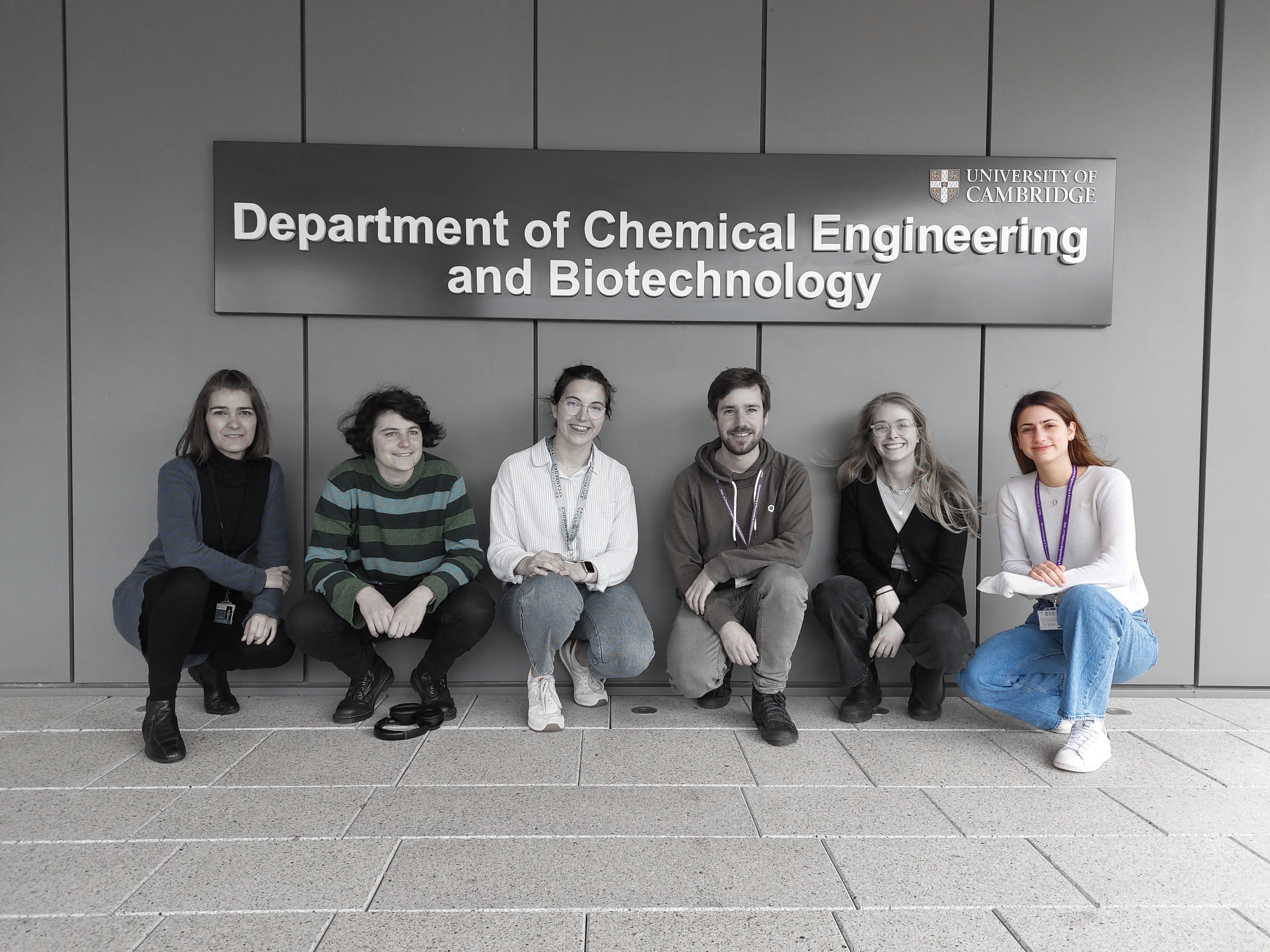Twin breakthroughs take the FLIMFLAM out of imaging
PhD student develops FLIMPA and FLIMngo to make biomedical imaging faster, smarter and more accessible

Two new open-source tools are set to make fluorescence lifetime imaging microscopy – or FLIM – faster, simpler and more accessible.
Developed by PhD student Sofia Kapsiani in Professor Gabi Kaminski Schierle’s Molecular Neuroscience Group, the tools tackle long-standing technical and practical barriers in biomedical imaging.
Taking a two-pronged approach, Kapsiani has created FLIMPA, a powerful phasor analysis software, and FLIMngo, a deep learning model that slashes data acquisition time. Together, they aim to overcome common limitations in FLIM – from slow imaging speeds to costly, closed-source software – to help researchers apply the technique more flexibly in live imaging and healthcare research.
Released just weeks apart, the two papers mark a significant advance in live imaging research.
The latest, published in the Journal of the American Chemical Society and titled ‘Deep learning for fluorescence lifetime predictions enables high-throughput in vivo imaging’ introduces FLIMngo.
FLIMngo is a deep learning model that is able to slash the time needed to collect FLIM data. Trained to work with extremely low photon counts, FLIMngo can analyse in vivo images in just a few seconds, without sacrificing accuracy.
That not only makes FLIM faster, but also reduces light exposure and phototoxicity – crucial when working with live samples. Kapsiani demonstrated its potential by tracking disease-related protein aggregates in C. elegans throughout their natural lifespan, without the need for anaesthesia. The model is open source and ready to use across imaging systems.
“FLIM has so much potential for live imaging, but it’s been held back by practical limitations,” said Kapsiani. “With these tools, we’re trying to remove those barriers and make FLIM a more flexible option for a wider range of researchers.”
The earlier paper, published on 23 May in Analytical Chemistry – ‘FLIMPA: A versatile software for fluorescence lifetime imaging microscopy phasor analysis’ – introduced FLIMPA.
It is a standalone tool for phasor analysis, an increasingly popular method for interpreting FLIM data. Unlike commercial software, FLIMPA is free, open source and compatible with a range of file types. It brings together advanced visualisation features with an intuitive interface, allowing researchers to compare multiple samples and zoom in on specific molecular behaviours.
In a demonstration of its versatility, Kapsiani used FLIMPA to develop a new cell-based assay that quantifies microtubule depolymerisation – a key mechanism in anti-cancer drug research – by tracking changes in the fluorescence lifetime of SiR-tubulin.
“These are excellent examples of what can be achieved when deep technical insight meets creativity and curiosity,” said Professor Kaminski Schierle. “Sofia’s work is helping to push FLIM from a niche tool to something much more accessible and scalable.”


